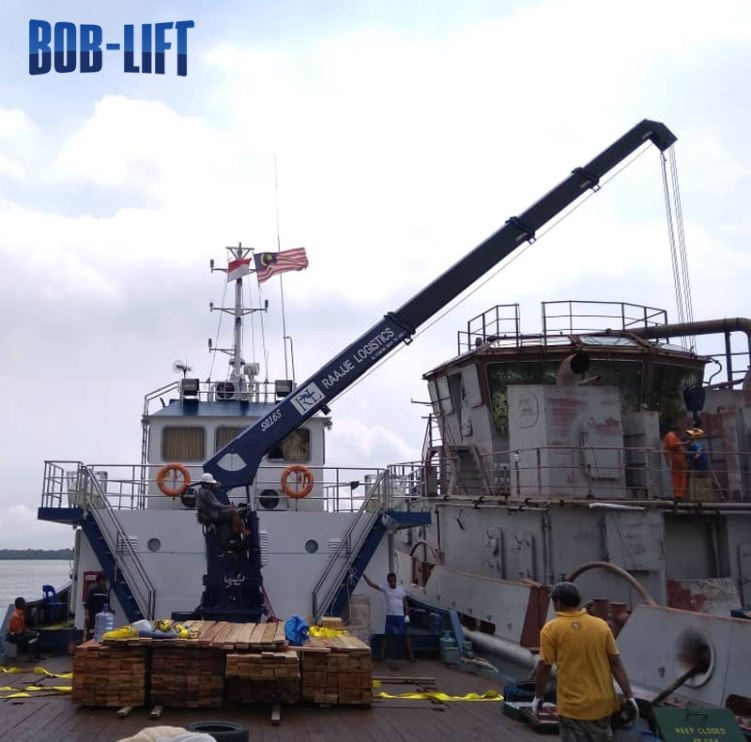There are many options for bridge cranes, including top-running and bottom-running. Although overhead and bottom-running bridge cranes move loads, each type has its own unique advantages. Understanding the differences between these two cranes will help you determine which one is best for your needs.
The bridge crane runs on top.
The overhead traveling bridge crane is installed on a fixed track on the top of each runway beam, allowing the terminal truck to run along the top load beam and crane. These cranes can be set up as single beam or double beam according to application requirements. A trolley and hoist are installed at the bottom of the single beam, and a trolley and hoist running on the top of the double beam, allowing additional lifting height and higher hook height.
Some of the main advantages of overhead cranes operating on top include:
There is no limit to the capacity. This allows the ability to handle small and large loads.
Increase the height. Installed on the top of each runway beam can increase the lifting height, which is beneficial to buildings with limited headroom.

Designed for higher capacity. The overhead crane running at the top is larger than the crane running at the bottom in order to handle higher capacity.
easy installation. Because the crane is supported by runway beams, the suspension load factor is eliminated, making installation simple.
Less maintenance. Over time, apart from regular inspections and tracking to ensure proper alignment and any issues, the overhead crane running on top does not require much maintenance.
The bridge crane is operating inadequately.
In the design, considering flexibility and functionality, the under-run bridge crane has a user-friendly design that can provide ultimate versatility to meet all your production needs. These cranes are also called cantilever cranes because the flanges at the bottom of the runway beams provide support for the wheels and move the bridge into the facility.
The vehicle and crane of the bridge crane move on the flange at the bottom of the bridge to lower the hook and lifting height of the crane. Overhead cranes are usually set up as single girder, because double girder designs are usually more expensive and not suitable for use.
Some of the advantages of operating under bridge cranes include:
It runs well in a wide bay. The lower suspension crane can operate on multiple runways, thereby reducing the depth of the girder.
The overall design requirements are relatively light. Bridge cranes are lighter and do not require additional support columns to take up valuable ground space. Instead, the crane is supported by the existing elevated building structure.
reduce costs. Lightweight design and the use of existing ceiling trusses or roof structures can reduce equipment costs.
Multiple cranes can be installed. The cranes can be installed side by side and operated at the same time to improve production efficiency.
 truck crane,Truck mounted crane,Marine Crane –
truck crane,Truck mounted crane,Marine Crane –